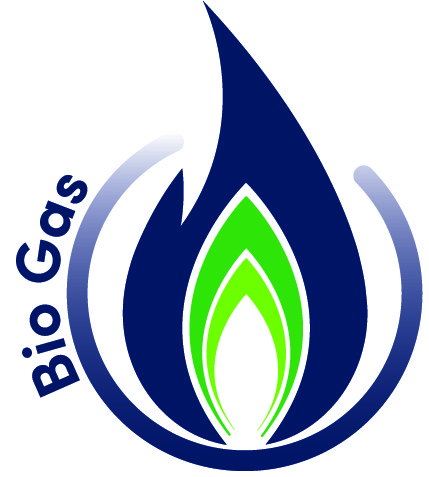Biogas
All over the world our burners are well known for its reliability, efficiency and performance
Bentone biogas
When you mix methane, CO2 and small quantities of other gases usually from anaerobic digestion of organic origin in an oxygen-free environment the final product is reffered to as a biogas.The exact composition of biogas depends on the type of mix which are used in biogas plants all over the world but they all use the following main technologies.

Biodigesters
These are airtight systems (e.g. containers or tanks) in which organic material, diluted in water, is broken down by naturally occurring micro‑organisms. Contaminants and moisture are usually removed prior to use of the biogas.
Landfill gas recovery systems
The decomposition of municipal solid waste (MSW) under anaerobic conditions at landfill sites produces biogas. This can be captured using pipes and extraction wells along with compressors to induce flow to a central collection point.
Upgrading biogas
This accounts for around 90% of total biomethane produced worldwide today. Upgrading technologies make use of the different properties of the various gases contained within biogas to separate them, with water scrubbingand membrane separation accounting for almost 60% of biomethane production globally today.
Wastewater treatment plants
These plants can be equipped to recover organic matter, solids, and nutrients such as nitrogen and phosphorus from sewage sludge. With further treatment, the sewage sludge can be used as an input to produce biogas in an anaerobic digester.
Biomethane
Is a renewable natural gas and has a near‑ pure source of methane produced either by a upgraded biogas (a process that removes any CO2 and other contaminants present in the biogas) or through the gasification of solid biomass followed by methanation.
Thermal gasification of solid biomass followed by methanation
Woody biomass is first broken down at high temperature (between 700‑800°C) and high pressure in a low‑oxygen environment. Under these conditions, the biomass is converted into a mixture of gases, mainly carbon monoxide, hydrogen and methane (sometimes collectively called syngas).
To produce a pure stream of biomethane, this syngas is cleaned to remove any acidic and corrosive components. The methanation process then uses a catalyst to promote a reaction between the hydrogen and carbon monoxide or CO2 to produce methane. Any remaining CO2 or water is removed at the end of this process.Bentone launched our range of biogas burners several years ago and they are used on boilers, ovens and for heating all over the world. Our biogas burners are designed for a dry biogas with a minimum content of 45% Methan gas and our components are approved for a dry biogas with a maximum H2S content of 0.1.